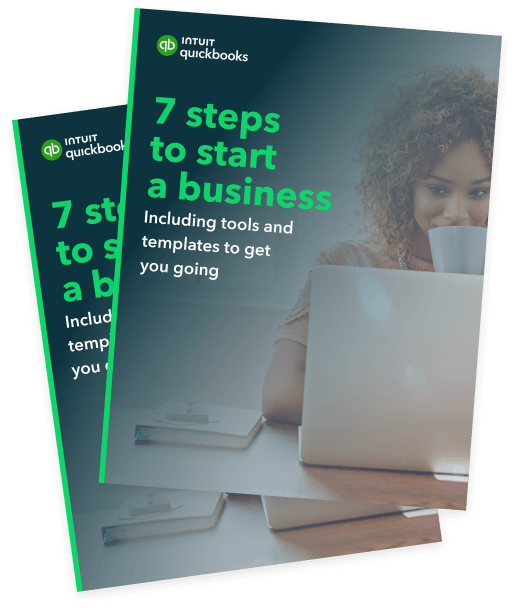Think about the who, the what and why
There’s a lot to consider when starting a new business—everything from developing your product or service to accounting, legal, marketing, and more.
It’s easy to focus too much on the small details before you see the big picture.
That’s why you should first validate that you have a strong business opportunity. Here’s how to get started:
Define your unique selling proposition
Every successful business has one thing in common: It delivers a particular benefit or solves a problem better than the competition. You want to establish what your product or service is, as well as what makes it unique. This is known as your unique selling proposition. It answers two important questions for your potential customers:
- “What do you offer?” (e.g. your products or services)
- “Why should I buy from you, instead of a competitor?”
To define your unique selling proposition, answer the two questions above in a single phrase or sentence.
Write out different ideas that come to mind when you think of your offering, as quickly as possible and without editing your thoughts. Then, pick through that list for the strongest words and ideas and distil them into one statement.
Refine your target audience
Trying to be everything to everyone is a classic mistake among new entrepreneurs. No business can cater to the needs of the whole world, but it’s absolutely possible to meet the requirements of a select group.
That select group is your target audience and you need to figure out who they are. One way to do this is to create a buyer persona. To complete this character sketch of a fictional target customer, consider descriptors like:
- Age range
- Gender
- Family status
- Income level
- Education level
- Location
- Values and personality traits
Your goal is to create a cohesive buyer persona: a portrait of your ideal customer. For instance, perhaps your customer is Alice, a fun-loving, young, working-class mother who is concerned about her family’s security. Or maybe your customer is Karl, a free-spirited man in his 50s who needs to plan for retirement but doesn’t enjoy thinking about money.
You may find your unique selling proposition changes as you think more about the needs of your audience. Be sure to update any section of your canvas as you learn more information.
Research the market
Now that you know you have a place in the market, your next step is to determine the financial viability of your idea. That means conducting two types of market research.
- Primary research: Talk directly to prospective customers via interviews, surveys, etc.
- Secondary research: Review statistics, news and reports that describe the current trends in your target market.
Your primary research will give you invaluable insights about your target market, the pain points they are looking to solve, the ways they are looking to solve them, and the motivation that drives them to find that solution.
Your secondary research will provide you with three essential criteria:
- The trends in your industry
- The potential revenues for your product or service category
- Whether the market is growing (more room for new players) or stagnating (squeezing out who’s already there)
Identify key competitors
Competitor analysis is one of the key ingredients to a successful business. It not only lets you see what’s out there to compare, but you can also see where your competition is lacking. This means defining the key players, finding their strengths and weaknesses, and determining how your business can capitalise.


















